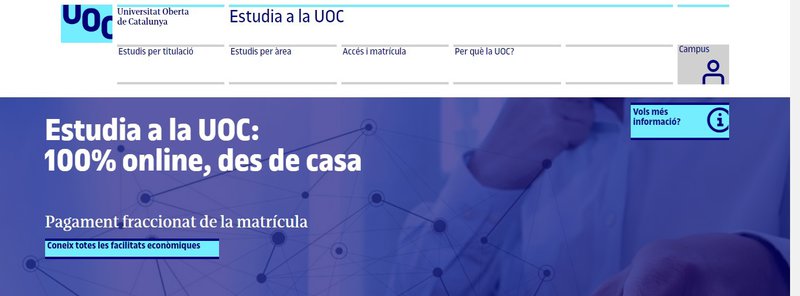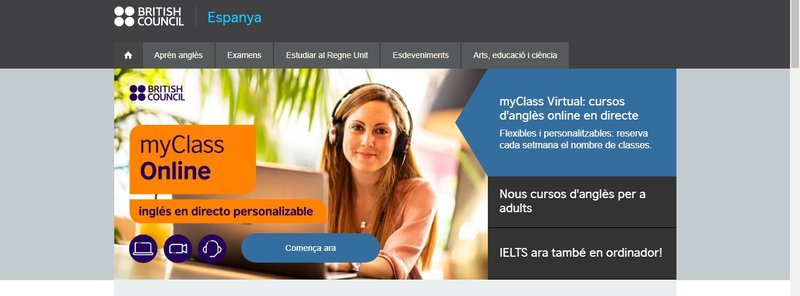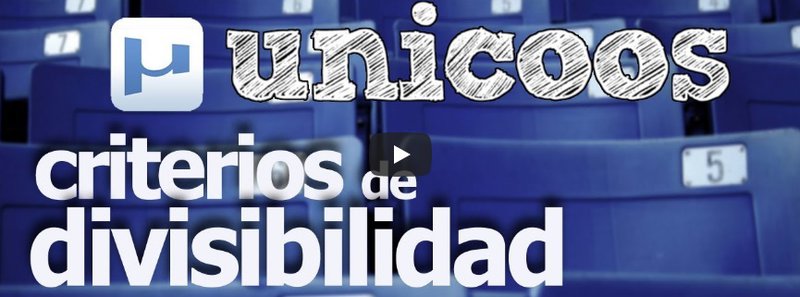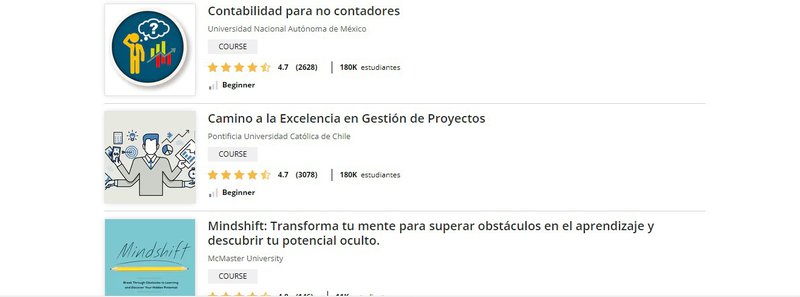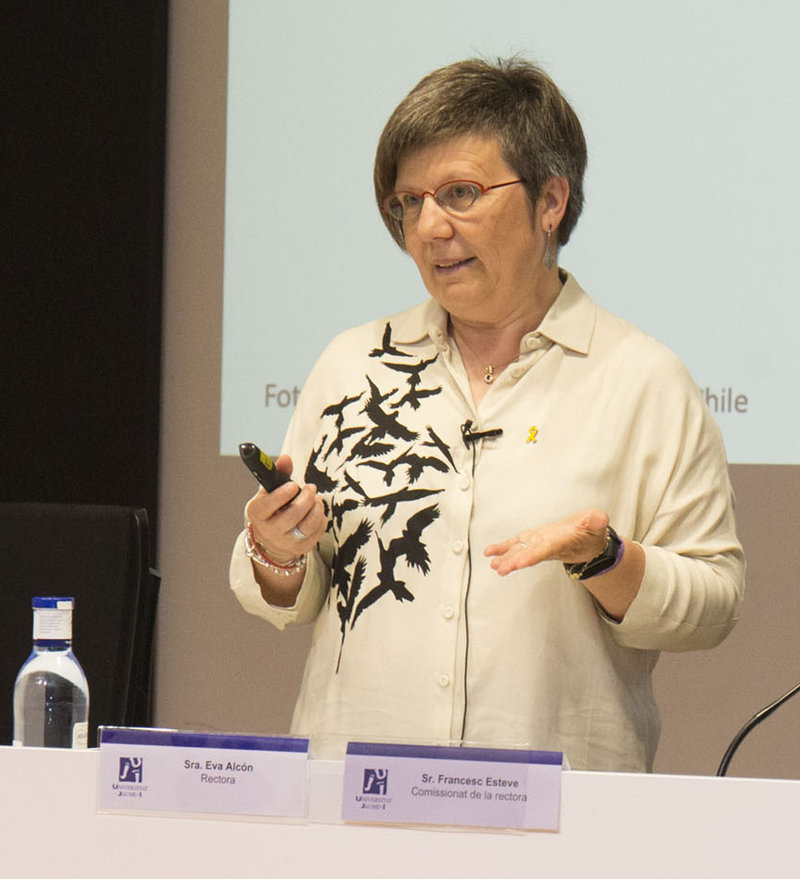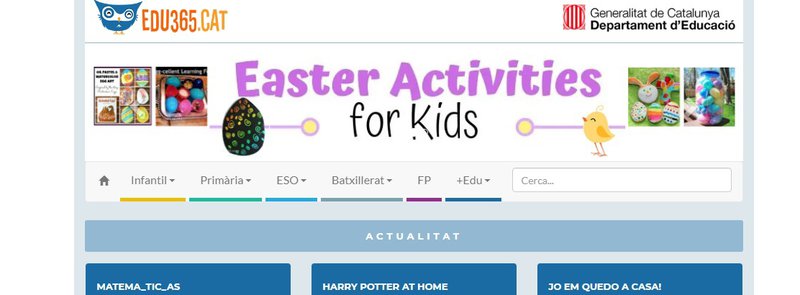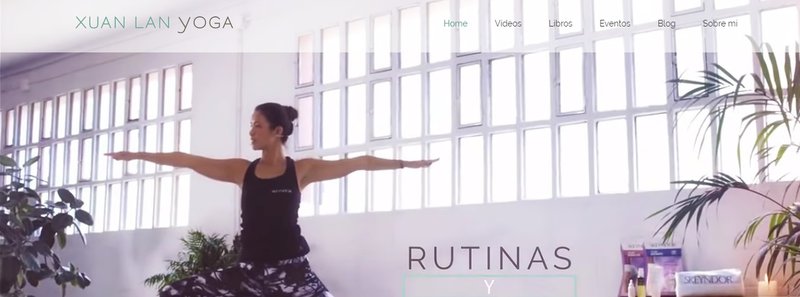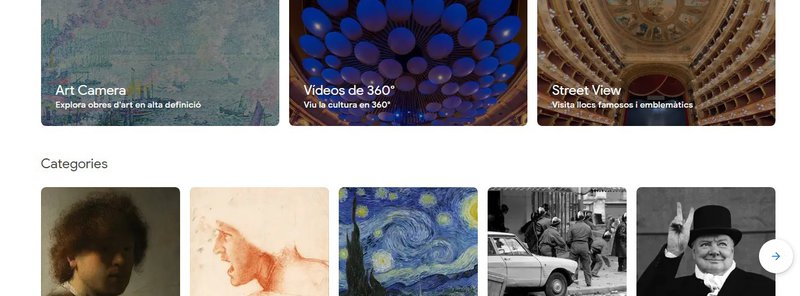LEARNING online
The pandemic may prove the catalyst for a major paradigm shift in the world of education
The coronavirus pandemic has marked a turning point in the world of education. With lockdown, teachers and students – and families – have had to adapt to the use of new technologies in order to finish the academic year. However, e-learning is not new – experts have been working on it for several years. By way of example, the Open University of Catalonia (UOC), the first exclusively online university, has just turned 25. And on the day of its anniversary, on April 6, it launched a series of activities to help confined teachers work remotely from their homes. Some of the challenges in which the UOC has broad experience are designing courses, assessment, how to motivate and support students, and adapting curricula to the reality of distance learning. “We are used to it, lockdown has not changed our work much, except in cases where professors have become ill,” says Lluís Pastor, director of the UOC’s Center for Learning Innovation and therefore an expert in e-learning.
First of all, it is worth clarifying that the concept does not refer only to formal education in schools or universities, but is much broader than that. If you look for an Internet tutorial on how to make an omelette, you are also engaging in e-learning. You could have done it by sharing space and time with someone who knows how to make one, but with new technologies that is no longer necessary.
“Until now,” Pastor explains, “teaching has always involved bringing people together in a space with an expert who provided explanations. Now, new information and communication technologies have allowed this not to be the case for the first time in human history. The range of possibilities is enormous.”
Indeed, there are as many online as face-to-face courses. Thanks to the internet we can learn languages, cook,... even earn a university degree. But with such a broad supply, how do we identify quality? “I would say that anything that doesn’t lead to learning, or is more boring than if you were face-to-face, should be discarded,” Pastor says. For example, an occupational risk course on a website that consists of a book copied in HTML format only requiring the student to work from page to page until reaching a final test... that’s a bad idea. On the other hand, a subject such as civil law can be fun if you learn it by watching movies and having debates about real cases. “It can be much more stimulating than just going to class to take notes,” says Pastor, who is convinced that in the next decade face-to-face learning will be the exception in the university environment. “Screens are already part of our lives. And maybe after this lockdown some students will think there has to be a more interesting reason than listening to a professor to go to class,” he adds. That said, attendance will always be necessary in some cases. “There are many activities that will continue to be done in person. At the UOC, we train secondary school teachers and they have to do internships at schools. I can imagine future medical students doing biopsies by virtual reality. But in the meantime, as long as there are no new technological advances, everything that requires one’s presence will continue to be face-to-face”, says Pastor.
Digitisation in classroom
A distinction must be made between fully online training (which means that we learn everything through screens) and digitisation in the classroom, that is, applying technology to physical classes. Catalan schools have been incorporating technology for some time, but this is no substitute for face-to-face contact. “At early ages it would be strange to work only with screens, the socialisation part is very important. However, schools can incorporate digitisation to change the learning system and stop classrooms from becoming a factory of people taking notes,” Pastor concludes.
To Mercè Gisbert, Full Professor of Educational Technology at Rovira i Virgili University, the choice between face-to-face and online education depends on the goal. “There are activities that don’t require interaction but students reproducing processes until they end up internalising them, such as the traditional system of learning addition and multiplication, but there are other skills that have more to do with emotions and communication and students managing their lives, where presence contributes an added value that non-presence will never do,” says Gisbert, who has extensive experience teaching distance learning subjects. She agrees with Pastor that in order to implement quality online training, a lot of prior planning is needed and student motivation and support must be taken into account.
“During lockdown, many teachers have perfectly understood the situation and how the distance student feels. I have Latin American students who are active when I’m sleeping, and if they don’t take that into account, they’ll think I’m ignoring them. Distance learners need to understand that teachers are not a hotline, we need schedules, weekends and to be able to disconnect. It requires a lot of organisation on the part of both student and teacher,” she notes. “The amount of time you have to invest in students is much greater in distance learning than in the face-to-face format.”
Time management is therefore fundamental in e-learning. As is commitment, because distance learning is a very proactive task. “Recruiters tell us that our graduates have great time management skills and a more proactive attitude to getting things done. Why? Because they have been trained to,” explains Pastor, who states that online learning is not a short-term option, but here to stay. “We need to ensure quality, not be afraid, and understand that it is a system that will be implemented naturally,” she says.
feature
feature
“It takes us a year to prepare a subject”
“This emergency has taken the education system by surprise. We’ve had to learn as we go without the correct preparation. Distance learning cannot be improvised, it must be very well prepared for it to be of quality. One of the key concepts is planning, as if the course were a movie script. In a normal situation, we know what will happen to the remote student hour by hour, day by day and week by week, because the professors have prepared the learning path very thoroughly.
At the UOC, any subject is planned a year in advance: what will students have to do? With what material and resources? How will they be assessed? etc. With lockdown, teachers who had never addressed these issues are now taking classes from their dining rooms at home. It’s had to be completely improvised... but one positive aspect is that people are losing the fear of e-learning.”
OPEN UNIVERSITY OF CATALONIA (UOC)
The world’s first university fully dedicated to distance learning when it was founded 25 years ago. The UOC currently boasts over 77,000 graduates, and had more than 73,000 active students last year. It offers all types of courses, including degrees, Masters, PhDs, professional courses...
BRITISH COUNCIL
The internet is full of language learning opportunities. The British Council is an international body that offers English language learning courses and promotes knowledge of British culture. Last year, more than two million people took their exams worldwide, including official ones.
UNICOOS
This is the main platform for MOOCs (free mass online courses) that made US universities fashionable. Normally, the course is free but the certificate is not. They have a high dropout rate and appear to be aimed at testing whether a subject will be successful or attract bright students.
COURSERA
Visits to this YouTube channel number in the millions. Its creator, David Calle, is a teacher who decided to post his explanations of mathematics on the internet following the 2008 crisis to help students who could not go to a private school. It now includes physics, chemistry and technology classes.
“We’re seeing that having digital skills is basic”
TED TALKS
An acronym for technology, entertainment and design, TED organises conferences around the world under the motto “Ideas worth spreading”. Talks last about 20 minutes and are on a variety of topics. Whether the speaker is famous or not, they all have interesting ideas. Subtitles also in Catalan.
EDU365
The Catalan government’s education portal offers all kinds of online resources, grouped by stages – pre-school, primary, etc. – and by subjects. From capsules on how to learn a musical instrument to mathematics and science problems, via readings of philosophical texts.
XUAN LAN YOGA
There are many YouTube tutorials to help you exercise. From professional training to activities for beginners or seniors. One that attracts many followers is yoga. The Xuan Lan channel has over 700,000 users and offers something for everyone, including workshops for children in Pekeyoguis.
GOOGLE ARTS & CULTURE
Nothing beats this platform for delving into the world of art and culture. It has over 32,000 high-resolution images of works of art that can be found in museums and institutions in over 40 countries. Users can also take virtual tours of the different galleries, as well as places like CERN in Geneva.


